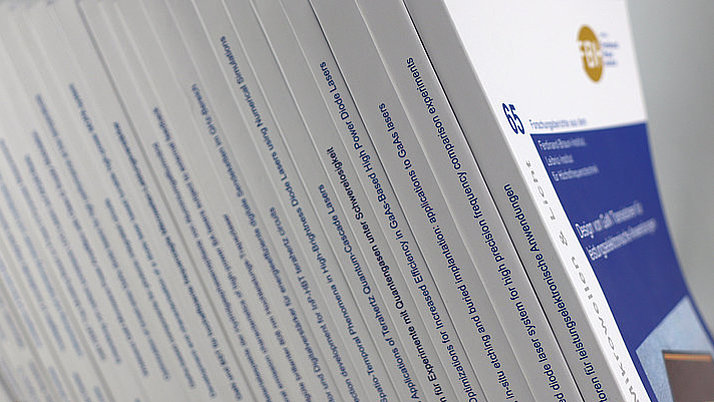Chiral and directional optical emission from a dipole source coupled to a helical plasmonic antenna
L. Kuen1,2, L. Löffler3, A. Tsarapkin4, L. Zschiedrich2, T. Feichtner3, S. Burger1,2, and K. Höflich4
Published in:
Appl. Phys. Lett., vol. 124, no. 23, pp. 231102, doi:10.1063/5.0201748 (2024).
Abstract:
Plasmonic antennas with helical geometry can convert linearly polarized dipole radiation into purely circularly polarized far-fields, and vice versa. Besides large Purcell enhancements, they possess a wide tunability due to the geometry dependence of their resonant modes. Here, the coupling of a dipole emitter embedded in a thin film to plasmonic single and double helices is numerically studied. Using a higher-order finite element method (FEM), the wavelength dependent Purcell enhancement of a dipole with different positions and orientations is calculated and the far-fields with respect to their chirality and radiation patterns are analyzed. Both single and double helices demonstrate highly directional and circularly polarized far-fields for resonant excitation but with significantly improved directional radiation for the case of double helices.
1 Zuse Institute Berlin, Takustraße 7, 14195 Berlin, Germany
2 JCMwave GmbH, Bolivarallee 22, 14050 Berlin, Germany
3 Experimental Physics 5, Institute of Physics, University ofWürzburg, Würzburg, Germany
4 Ferdinand-Braun-Institut, Leibniz-Institut für Höchstfrequenztechnik, 12489 Berlin, Germany
Topics:
Plasmonics, Computational electromagnetics, Antennas, Finite-element analysis, Polarization, Chirality, Purcell enhancement
Published under an exclusive license by AIP Publishing
Rightslink® by Copyright Clearance Center
Full version in pdf-format.


